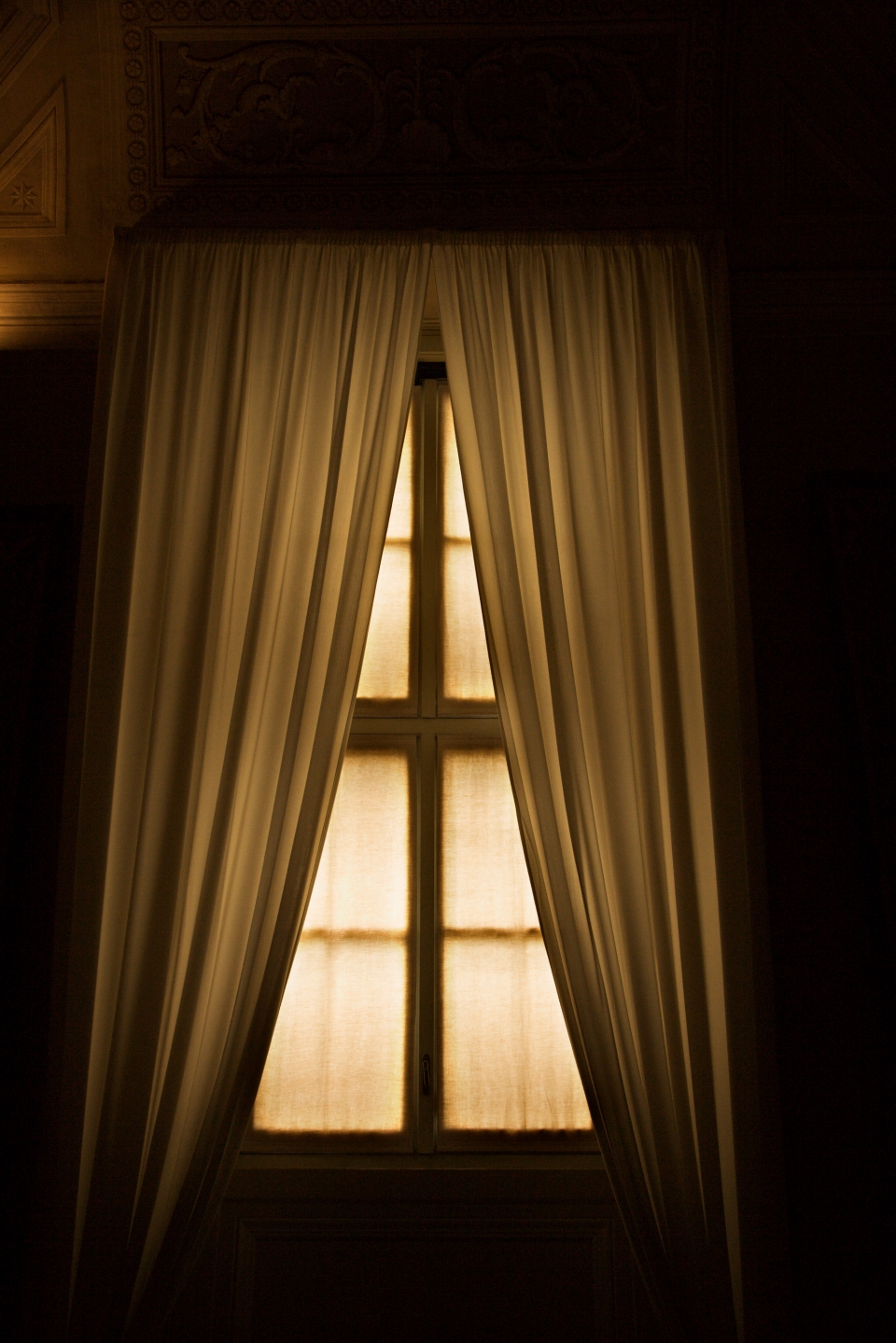 We have all experienced it: carpet that lost its color over time; fabric on a piece of furniture that became discolored; draperies that were badly bleached; etc. It is a common problem that people around the world face on a daily basis. In southern California we get so much sun and many of our homes and offices have large windows that bring the outside feeling in. While all of the sun is one of the reasons most of us choose to live here, it also makes for a very harsh environment for our furnishings, flooring, art, and collectibles. The issue of fading is quite complicated. Many things fade at different rates for different reasons.
We have all experienced it: carpet that lost its color over time; fabric on a piece of furniture that became discolored; draperies that were badly bleached; etc. It is a common problem that people around the world face on a daily basis. In southern California we get so much sun and many of our homes and offices have large windows that bring the outside feeling in. While all of the sun is one of the reasons most of us choose to live here, it also makes for a very harsh environment for our furnishings, flooring, art, and collectibles. The issue of fading is quite complicated. Many things fade at different rates for different reasons.
Here are some things to keep in mind when dealing with fading issues:
- A rule of thumb for fading damage is 40% UV, 25% heat, 25% visible light, 10% miscellaneous
- Ultraviolet light, visible light, humidity, heat, chemical vapors and age are the six major contributors to fabric fading.
- Some fabrics, finishes, artwork, photographs or artifacts can be more susceptible to one factor than others.
- Natural fibers like silk and wool are less fade resistant than synthetic fibers. Antiques, tapestries, rugs, etc., use less stable dyes and will fade more rapidly. Fluorescent dyes are less color stable than other colors.
- Primary colors tend to fade faster. Reds, blues and greens are very susceptible to fading.
- Fading is cumulative. Meaning that small amounts of exposure are just as damaging over time as large amounts of exposure over short periods. So 1 hour of exposure a day is still the equivalent of direct exposure of 365 hours in one year. That is the equivalent of one month of direct nonstop sun exposure every year, ouch!
- Fluorescent lights can emit large amounts of UV.
- UV rays bounce and reflect off of objects such as walls, trees, fences, streets, water etc. Because of this you could still have a fading issue on a window that never gets direct sunlight passing through it.
The most effective fading prevention takes all of the above factors into consideration - No product or window treatment can eliminate fading. However, substantial protection can be achieved thus increasing the life of your belongings.
- This list of things to consider is only a guideline of issues that are common. It is not to be considered an all-inclusive study. Fading is a complicated issue that scientists, curators, archaeologist and many others have studied for many, many years. To learn more please consult some of the books that have been published on this topic such as: Thompson, Garry. 1986. The Museum Environment. 2nd ed. Butterworth Series on Conservation in the arts, Archeology and Architecture; London.
Window Films Provide Effective Fade Reduction
Window films are very effective at addressing many of the issues that cause fading. Films come in many different varieties of heat and visible light block which are two of the key factors in fading. Select window films block as much as 99.9% of the UV which is the single largest contributor to fading and sun damage. Window films are a passive system that will always be working for you. You never have to remember to lower the shades or close the blinds etc. You can rest knowing that every hour of everyday you are being protected. Along with this protection, you can preserve the beauty of your windows, views and natural light. Many museums, historical homes and buildings, private art collectors and others have trusted window films to help protect and preserve for future generations.
Contact us today for solar window films in Thousand Oaks and the surrounding Los Angeles area.
